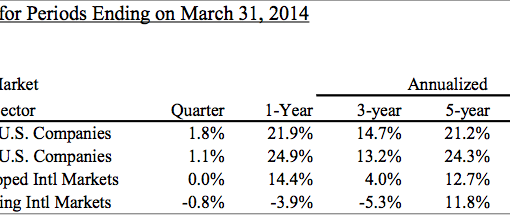Michael Arone, CFA, Chief Investment Strategist, State Street Global Advisors
This article was written with contributions from Charlotte Irwin. Charlotte is a Research Strategist on the ETF and Mutual Fund Research Team.
Does history rhyme or does it repeat? As the page turns to a new year and a new decade, the economy is booming, driven by rapid technological advancement and set against rising inequality, fringe political movements and protectionist sentiment. The same was true 100 years ago. And once again, the ‘20s seem poised to mark a decade of transition.
Can’t Repeat the Past? Why of Course You Can!
For most of us, the term “Roaring Twenties” conjures up the world that F. Scott Fitzgerald wrote about in The Great Gatsby – jazz, flappers and bootleg alcohol. Of course, the giant lawn party came to a screeching halt with the stock market crash of 1929. In between those extremes, the first “modern decade” brought such innovations as the assembly line and widespread adoption of electricity, which boosted both capital and labor productivity.
New products – from vacuums to radios and the processes used to develop them – spurred average GNP growth of 4.2% per year from 1920 to 1929.1 And the concurrent asset bubble is legendary. From 1925 to 1929, excluding the Black Friday crash, the Dow Jones Industrial Average delivered a staggering 27% annualized return.2
Just like today’s market, the 1920s bull market had three key drivers – low inflation, tax cuts and an accommodative US Federal Reserve (Fed).
A Single Green Light, Minute and Far Away
After a brief economic contraction with extreme price fluctuation at the outset of the 1920s, relative price stability returned in 1922 and reigned for the rest of the decade. Prices rose an average of 1.4% annually from 1922 to 1926, then fell an average of 1.1% annually from 1926 to 1929, with the 12-month change in the CPI in a range of 4.1 and -2.8% for the entire period.3 Compare that with the inflation landscape of the current bull market, where headline inflation has averaged 1.6%, with a peak of 3.9% and a low of -2.1% – nearly identical figures. Today, the absence of inflationary pressures has bolstered share prices and valuations. And with wages growing faster than inflation, consumer sentiment remains elevated.
Her Voice Is Full of Money
Lower taxes also support today’s consumers, as they did in the 1920s. While taxing personal income had just begun in 1913, tax rates dramatically increased in 1918 to fund the war effort. Post-armistice, most agreed that the rates were too high, though there was sharp disagreement on what they should be. That sounds familiar. Democrats wanted to cut tax rates for low-income taxpayers and maintain a steep progressive scale, while Republicans favored sharper cuts and less progressive tax rates. In the end, the highest marginal tax rate was reduced three times in quick succession – from 73% to 58% to 46% and, finally, to 25% for the 1925 tax year. Other rates were also reduced, and exemptions were increased.
Click here to read the entire article, which first appeared on December 18 on the SPDR blog.
Photo Credit: Michael Au via Flickr Creative Commons
This material is from State Street Global Advisors and is being posted with State Street Global Advisors’ permission. The views expressed in this material are solely those of the author and/or State Street Global Advisors and Interactive Advisors is not endorsing or recommending any investment or trading discussed in the material. The opinions expressed may differ from those with different investment philosophies. This material is not and should not be construed as an offer to sell or the solicitation of an offer to buy any security. To the extent that this material discusses general market activity, industry or sector trends or other broad-based economic or political conditions, it should not be construed or relied on as research or investment advice. To the extent that it includes references to specific securities, commodities, currencies, or other instruments, those references do not constitute a recommendation to buy, sell or hold such security. This material does not and is not intended to take into account the particular financial conditions, strategies, tax status, investment horizon, investment objectives or requirements of individual customers. Before acting on this material, you should consider whether it is suitable for your particular circumstances and, as necessary, seek professional advice.


